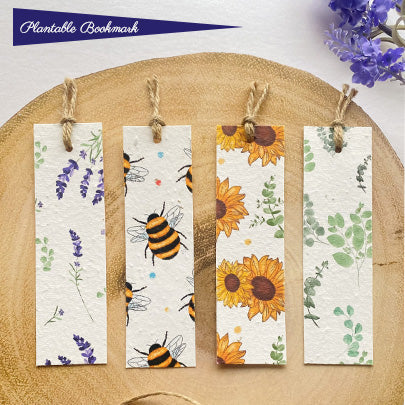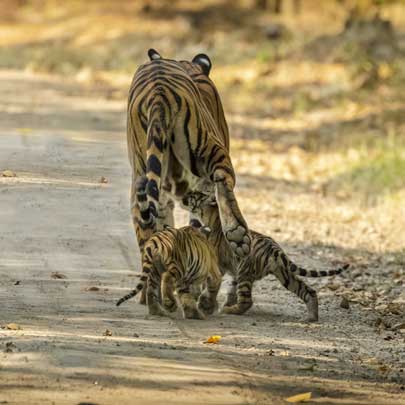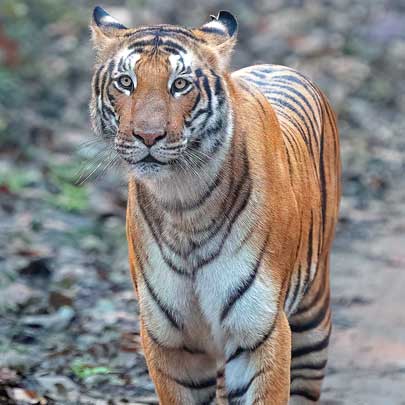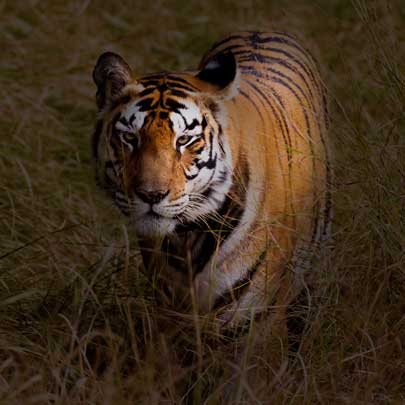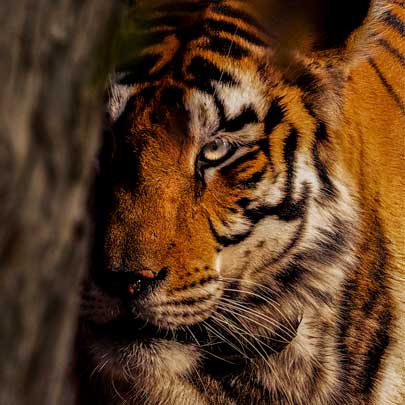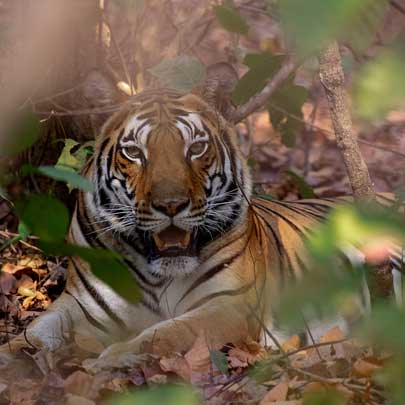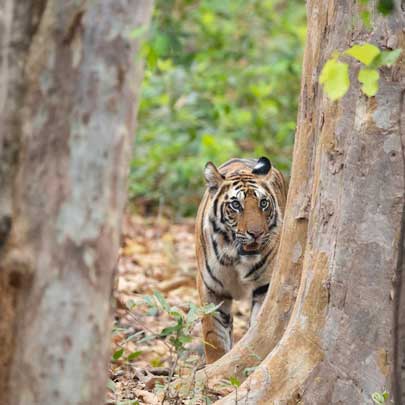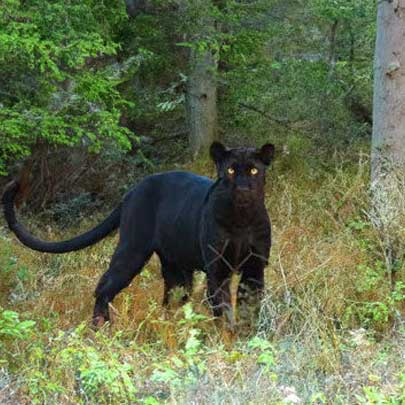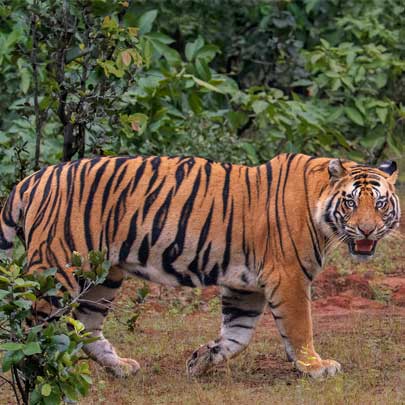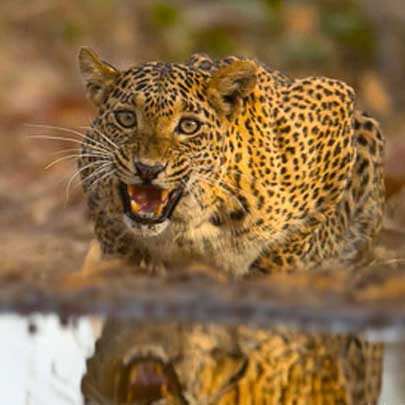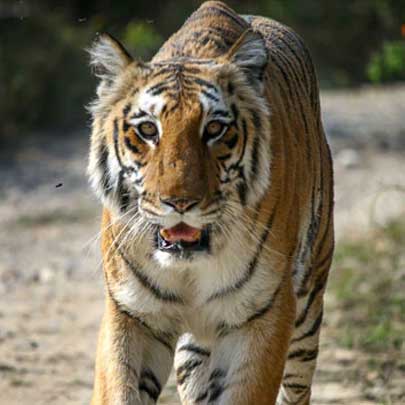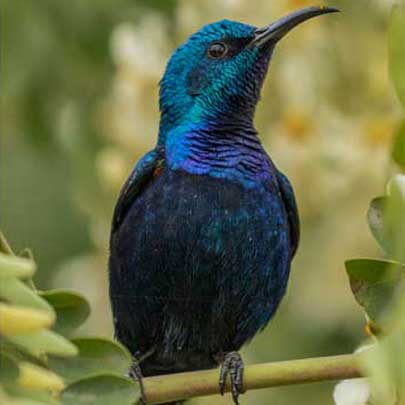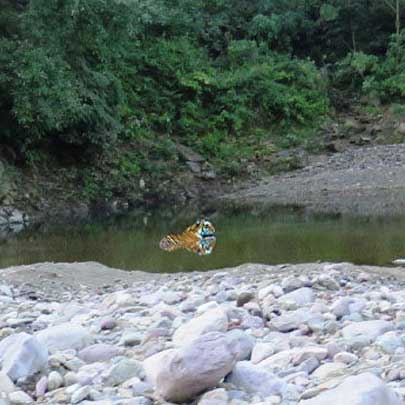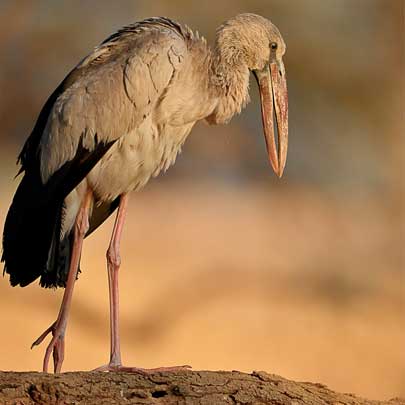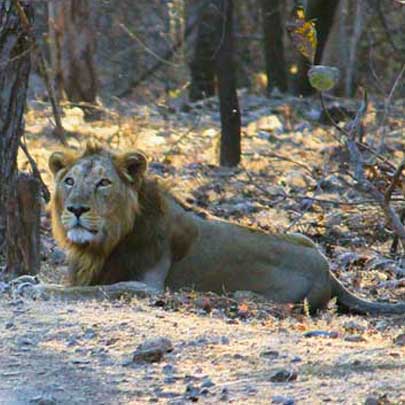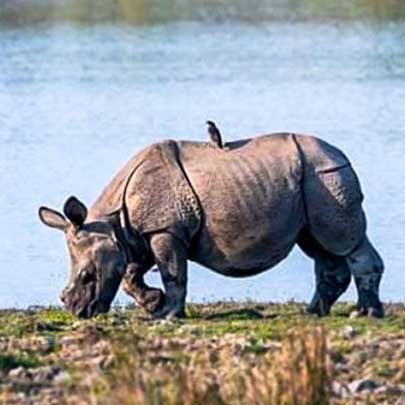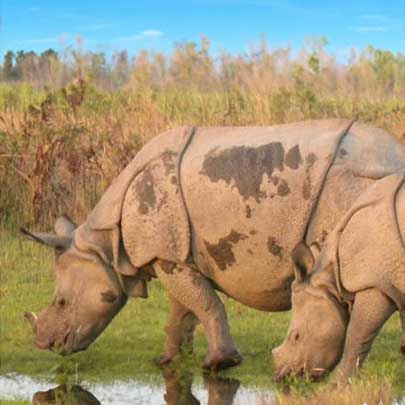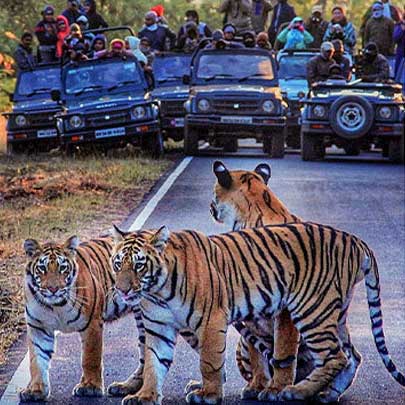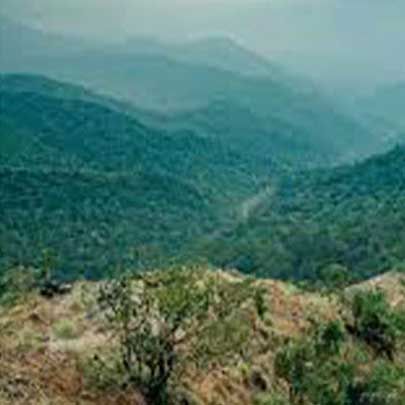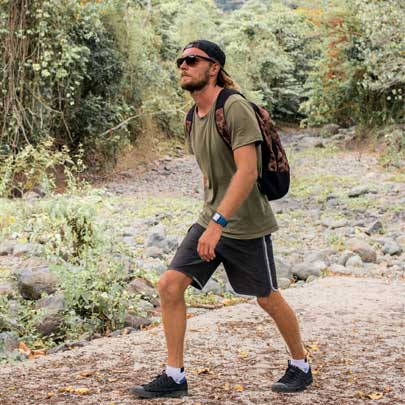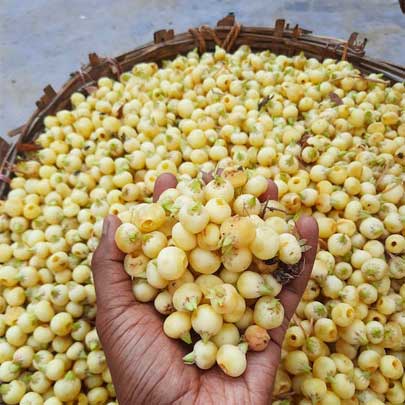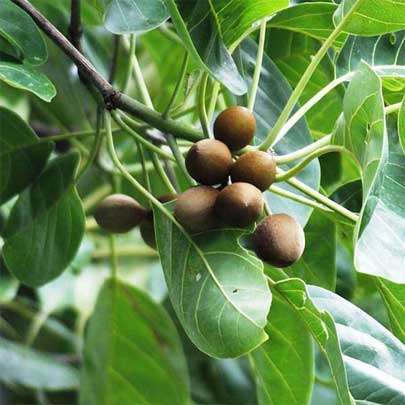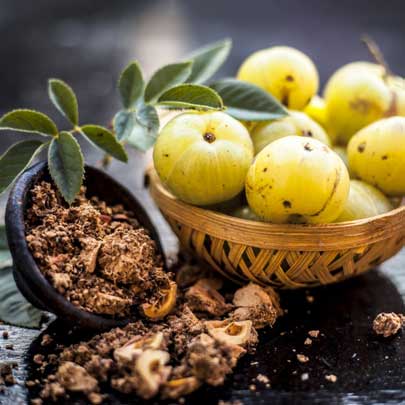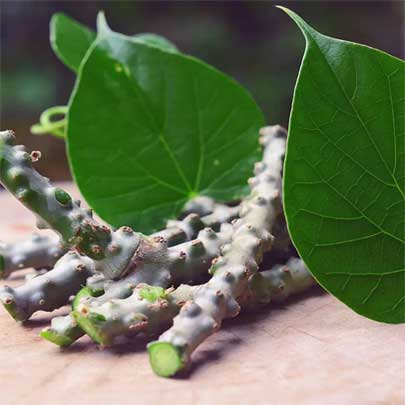The Swamp Deer Of Dudhwa: A Conservation Success Story
The swamp deer, locally known as barasingha (due to its impressive 12-pointed antlers), is one of India’s most majestic and endangered species. These herbivores, native to swampy grasslands and wetlands, have found a sanctuary in the Dudhwa National Park, part of the Dudhwa Tiger Reserve in Uttar Pradesh. Once on the brink of extinction, the swamp deer is one of the most successful conservation efforts in the region.
Understanding The Swamp Deer
- Scientific Name: Rucervus duvaucelii
- Habitat: Floodplains, wetlands and grasslands, primarily in northern and central India.
- Physical Features: Known for their striking antlers with multiple tines, swamp deer are golden-brown and possess a robust build.
These herbivores play a critical role in maintaining the ecological balance of their habitat by influencing plant growth and acting as prey for large carnivores like tigers.

The Crisis: Near Extinction
By the mid-20th century, the swamp deer population in India had plummeted due to:
- Habitat Loss: Conversion of wetlands and grasslands for agriculture and human settlements.
- Overhunting: Poaching for their antlers and meat.
- Competition: Overgrazing by livestock, reducing the availability of food.

This led to the barasingha being declared vulnerable by the International Union for Conservation of Nature (IUCN).
Dudhwa's Role In Conservation
Dudhwa National Park has been at the forefront of efforts to save the swamp deer. Here's how it contributed to this conservation success:
1. Establishing Protected Habitats
In the 1970s, the park was designated as a critical habitat for the swamp deer. This allowed:
- Regrowth of wetland vegetation essential for their survival.
- Protection from poaching and human interference.
2. Habitat Restoration
Efforts to restore the swamp deer’s habitat included:
- Reviving water bodies to ensure year-round availability of water.
- Controlling invasive plant species to support the growth of native grasses.

3. Anti-Poaching Measures
Strict anti-poaching laws and park patrolling have significantly reduced illegal hunting, giving the swamp deer a chance to thrive.
4. Community Involvement
The park authorities engaged local communities to:
- Reduce dependence on park resources through alternative livelihoods.
- Create awareness about the importance of conserving swamp deer and their habitat.
5. Scientific Monitoring
Population monitoring and research on swamp deer behavior and habitat requirements helped refine conservation strategies over time.
A Remarkable Recovery
Thanks to these efforts, the swamp deer population in Dudhwa has steadily increased. Today, Dudhwa National Park is home to one of the largest populations of swamp deer in India, making it a vital sanctuary for this species.

Broader Impacts Of Conservation
The success story of the swamp deer highlights the interconnectedness of conservation efforts:
- Tiger Conservation: Healthy swamp dear population contributes to the food chain, supporting tiger populations in the park.
- Ecosystem Health: Restored wetlands benefit a wide variety of flora and fauna, including migratory birds and other herbivores.
- Tourism: The revival of the swamp deer has boosted eco-tourism in the region, creating economic opportunities for local communities.
Ongoing Challenges
While the conservation efforts have been largely successful, challenges remain:
- Climate Change: Alterations in rainfall patterns and temperatures threaten the wetlands.
- Human-Wildlife Conflict: Encroachment and grazing by livestock continue to be issued in buffer zones.
- Genetic Diversity: Small populations can lead to inbreeding, affecting the species' genetic health.

Conclusion
The swamp deer of Dudhwa is a testament to what dedicated conservation efforts can achieve. From the brink of extinction to becoming a thriving population, the barasingha symbolizes hope for endangered species worldwide. Continued efforts to protect their habitat and address emerging challenges will ensure that future generations can witness the beauty of these magnificent creatures.
By visiting Dudhwa National Park, you not only experience the magic of these wetlands but also support the conservation of a species that embodies resilience and the power of collective action. 🌾🦌






















